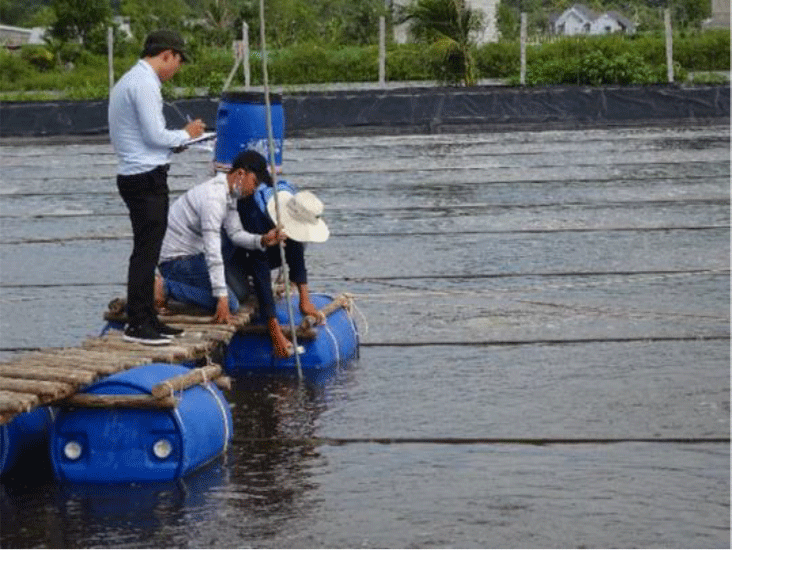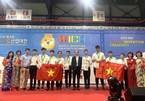According to Dang Mau Chien, head of INT (Institute for Nanotechnology), the institute has carried out research on the two key products for many years. It completed the manufacturing process in the laboratory.

Realizing that the products can be commercially developed, INT will continue to improve the products and put them into mass production for a market launch.
The technological process of producing nano silver ink used in manufacturing microelectronics components is stable, and carried out in clean rooms with a closed process.
Nano ink products can be used for Dimatix specialized inkjet equipment and meet required specifications.
| During the project implementation, scientists produced 11,300 ml of nano printing ink. Of this, 5,300 ml has been provided to customers and 6,000 ml will be provided in the next three years according to agreements with customers. |
During the project implementation, scientists produced 11,300 ml of nano printing ink. Of this, 5,300 ml has been provided to customers and 6,000 ml will be provided in the next three years according to agreements with customers.
Regarding the nano sensing system which assesses the quality of water in aquaculture ponds and the monitoring system to automatically warn of saline intrusion, Chien said the systems can be floated on ponds, rivers, lakes and canals.
The data collected from the monitoring and measurement process (water quality indicators) are recorded directly on computers. The results are displayed on the screen and can be accessed from a distance via the internet. In addition, one can identify th
the positions of the systems thanks to GPS.
Sixty-eight of nano sensing systems have been handed over by the institute to some aquaculture companies in Kien Giang and Ninh Thuan for trial. INT has also given the monitoring and saline intrusion warning system to some localities in Mekong Delta, including Ben Tre, An Giang and Vinh Long as gifts.
Also according to Chien, within the framework of FIRST project, after two years of implementation with a budget of $2 million, the research team has also developed two other products - sterilized silver nanomaterials and automatic saline intrusion monitoring systems.
Under the project, more than 4,000 liters of silver nanomaterials to sterilize fruits and the water of aquaculture ponds have been produced. The material can kill bacteria that cause disease to shrimp and kill fruit bacteria such as Salmonella typhimurium , Pseudomonas aeruginosa, Aspergillus niger, Streptococcus pneumonia, Vibrio cholera, S. Faecails and E. Coli.
The products meet technical requirements and have been commercialized.
The Institute has also established a Nanomaterials - Components Testing and Application Laboratory according to ISO/IEC 17025 standards used in the fields of chemistry, biology and electricity.
Kim Chi

Vietnamese students win gold medals at World Invention Creativity Olympic
Two inventions of Vietnamese students won gold medals from the World Invention Creativity Olympic taking place in South Korea from July 25 to 27.
 After two years of research, INT has mastered the technology to produce silver nano printing ink used in manufacturing micro-electronic components, and a nano sensor system to assess water quality of aquaculture ponds.
After two years of research, INT has mastered the technology to produce silver nano printing ink used in manufacturing micro-electronic components, and a nano sensor system to assess water quality of aquaculture ponds.